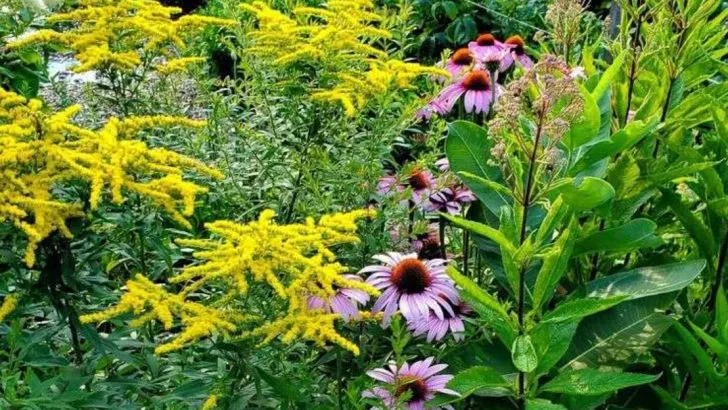Creating a wildlife-friendly garden isn’t just rewarding – it helps support local ecosystems while bringing nature closer to home. With the right plants, features, and simple adjustments, your garden can become a thriving haven for birds, bees, butterflies, and more.
Here are 22 ways to make your garden irresistible to wildlife this season, fostering biodiversity and natural beauty right outside your door.
Plant Native Species
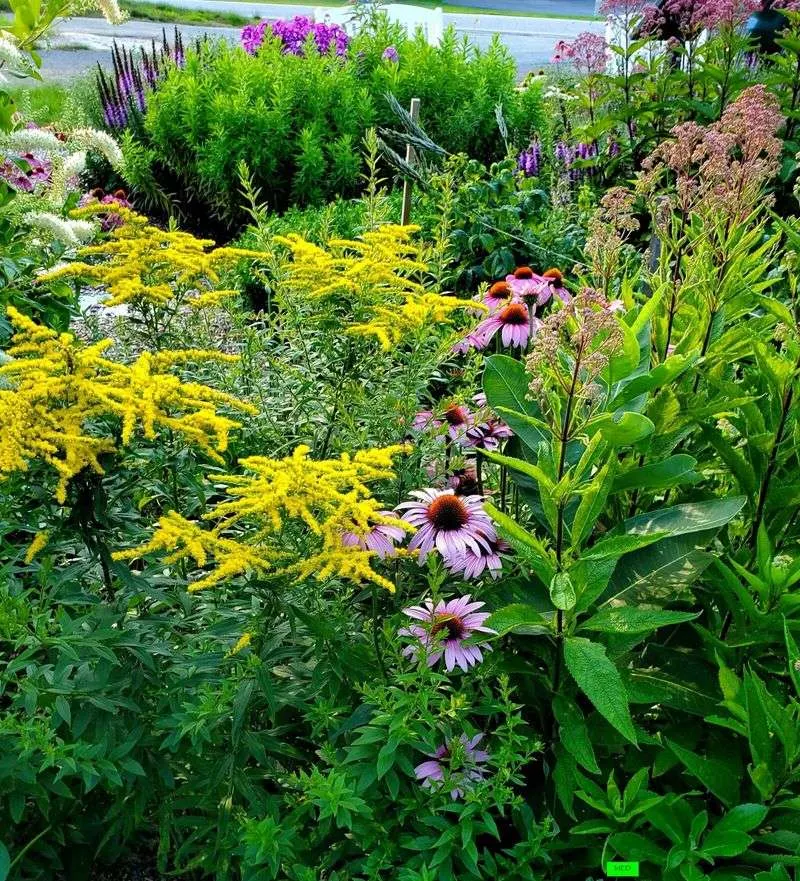
Native plants are adapted to the local soil and climate, making them an excellent choice for wildlife gardens. They provide essential resources, such as nectar, pollen, and seeds, for local wildlife. These plants require less water and maintenance, supporting sustainable gardening practices. Consider incorporating a mix of flowering plants, grasses, and trees native to your area. This will attract pollinators like bees and butterflies, offering them a reliable food source throughout the seasons. By planting native species, you create a thriving habitat that sustains the delicate balance of your local ecosystem.
Create a Water Source
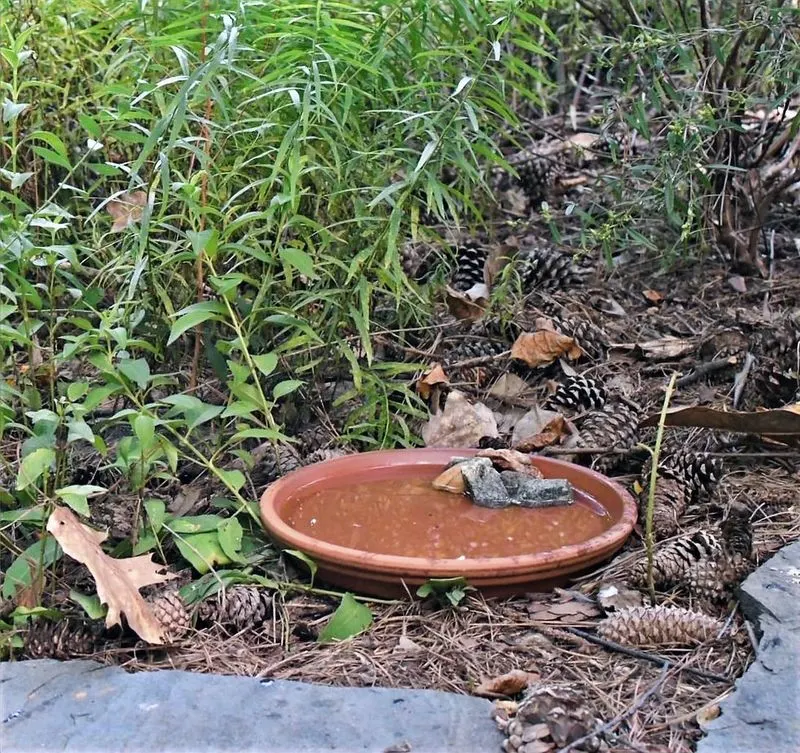
Water is a vital resource for wildlife, providing drinking and bathing opportunities. Incorporate a water feature, such as a pond or birdbath, to attract a diverse range of creatures. Ensure the water is clean and fresh, and add plants like water lilies to enhance the habitat. The sound of water can attract birds, while amphibians may find refuge in the moist environment. By creating a water source, you support not only birds and insects but also frogs, toads, and other wetland creatures, enriching your garden’s biodiversity.
Install Bird Feeders
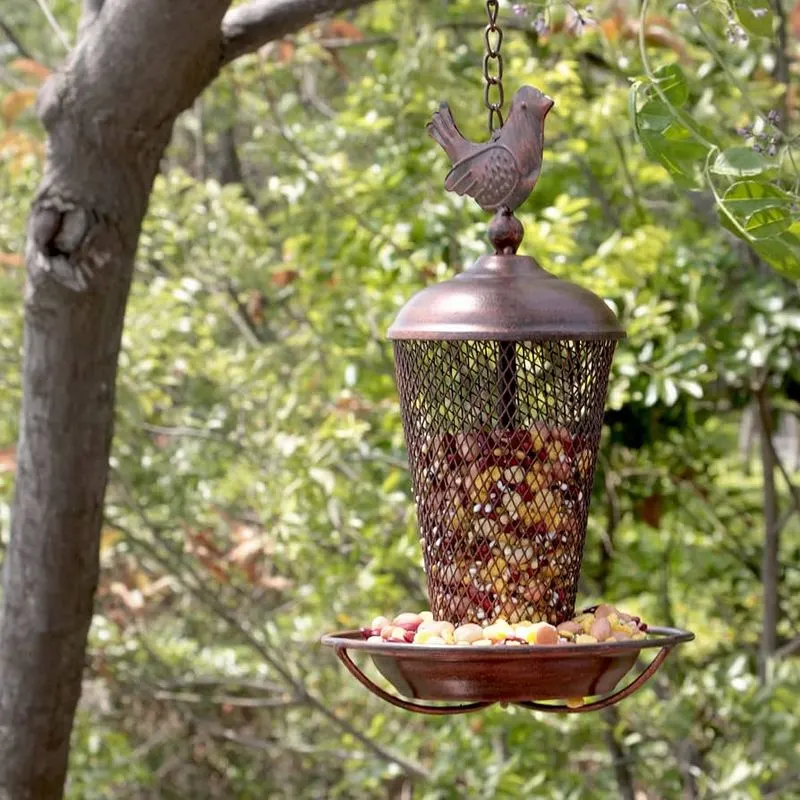
Bird feeders are a simple yet effective way to attract avian visitors to your garden. Choose feeders that cater to different bird species, such as tube feeders for finches and platform feeders for ground-feeding birds. Position the feeders near trees or shrubs to offer birds a safe retreat from predators. Regularly clean and refill the feeders to maintain a healthy environment, using seeds that match the dietary needs of local bird species. This practice not only supports birds but also provides you with the joy of observing them up close.
Build Nesting Boxes
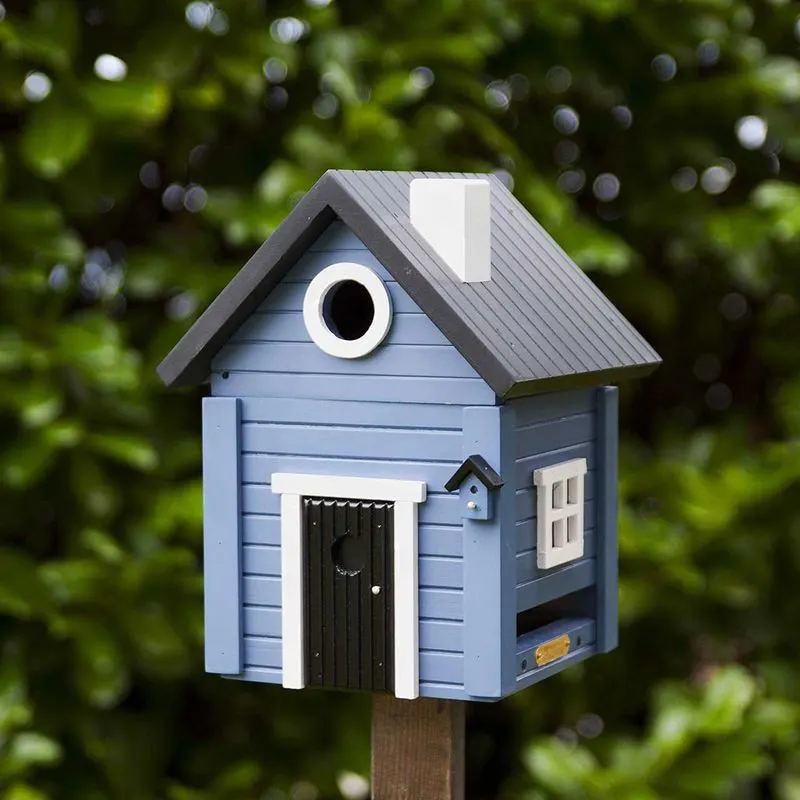
Nesting boxes offer birds and small mammals a safe place to raise their young. Select boxes with entry holes suited to the size of birds you wish to attract, and place them in quiet, sheltered locations. Ensure they are predator-proof by adding features like metal plates around the entrance. Regular maintenance, such as cleaning out old nesting material, keeps the boxes inviting. By providing nesting boxes, you help species that struggle to find natural cavities in urban or developed areas, encouraging them to thrive in your garden.
Grow a Wildflower Meadow
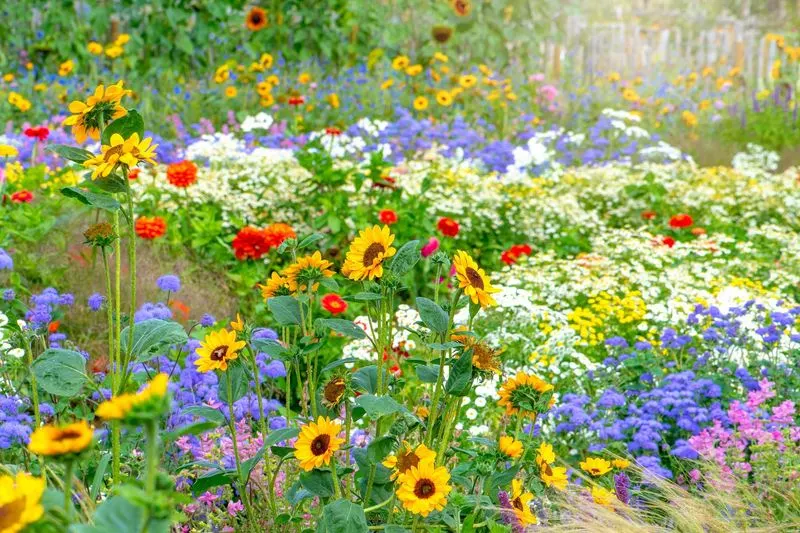
Wildflower meadows are teeming with life, offering food and shelter for a range of wildlife. Choose a variety of native wildflowers to attract pollinators, providing nectar-rich blooms through different seasons. The meadow’s dense cover offers protection for small mammals and insects, while also supporting ground-nesting birds. Allow the meadow to grow naturally, mowing only once a year to encourage regrowth. This hands-off approach fosters a biodiverse habitat, enhancing your garden’s ecological value and visual appeal.
Incorporate Flowering Shrubs
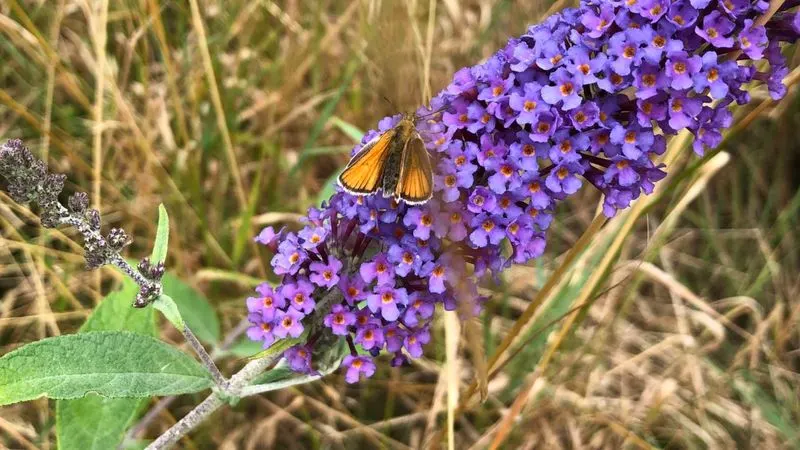
Flowering shrubs are a versatile addition to any garden, offering food and shelter to wildlife. Select shrubs that bloom at different times of the year, ensuring a continuous food supply for pollinators. The dense foliage provides nesting sites for birds and cover for small mammals. Consider species like elderberry or hawthorn, which bear fruits and attract a diverse array of wildlife. Prune shrubs regularly to maintain their shape and encourage healthy growth, creating a welcoming environment for garden inhabitants.
Leave a Woodpile
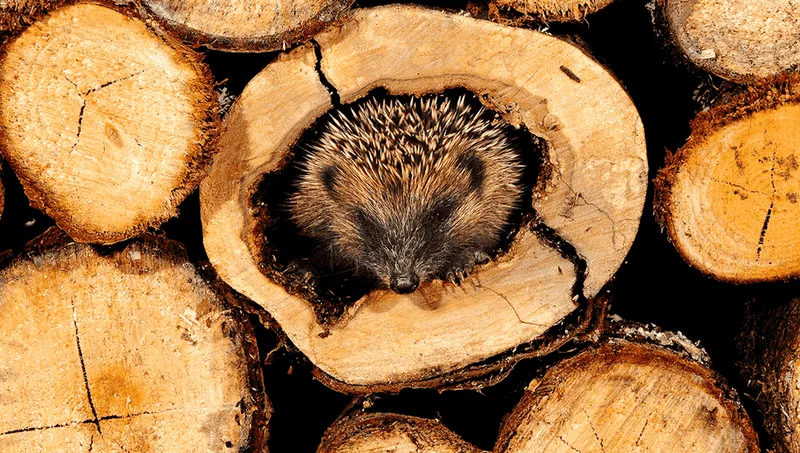
Woodpiles are an excellent resource for wildlife, offering shelter and food for a variety of species. Place logs in a shaded, undisturbed part of your garden to create a habitat for insects, amphibians, and small mammals. As the wood decays, it provides a rich food source for fungi and invertebrates, which in turn attract birds and other predators. This simple addition to your garden can significantly enhance its biodiversity, supporting the life cycle of many creatures and contributing to a balanced ecosystem.
Plant Fruit-Bearing Trees
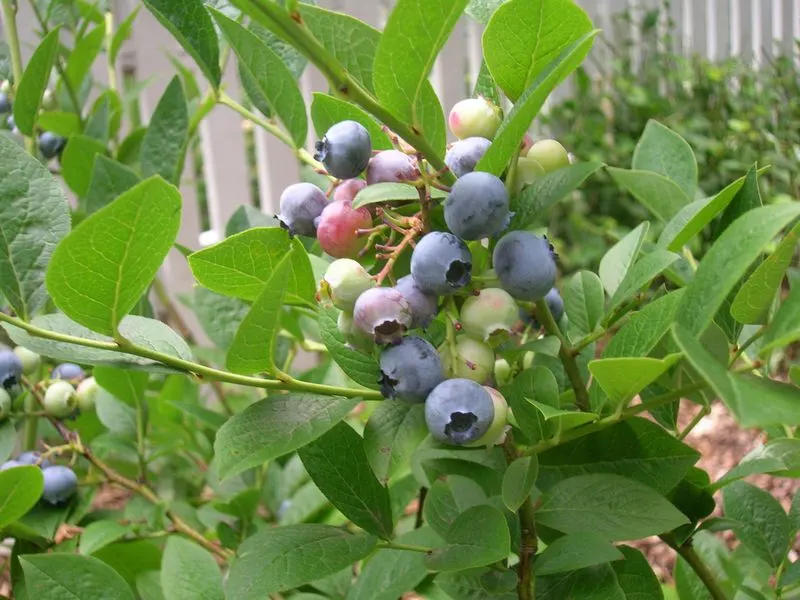
Fruit-bearing trees not only beautify your garden but also provide food for wildlife. Choose species that offer fruits at different times, ensuring a steady food supply throughout the year. Birds, mammals, and insects are drawn to the abundance of fruits, while fallen fruits feed ground-dwelling creatures. Opt for varieties like apple, cherry, or mulberry, which are known to attract a wide range of wildlife. Prune trees to promote healthy growth and fruit production, creating a thriving habitat that benefits both the garden and its visitors.
Design a Hedge Row
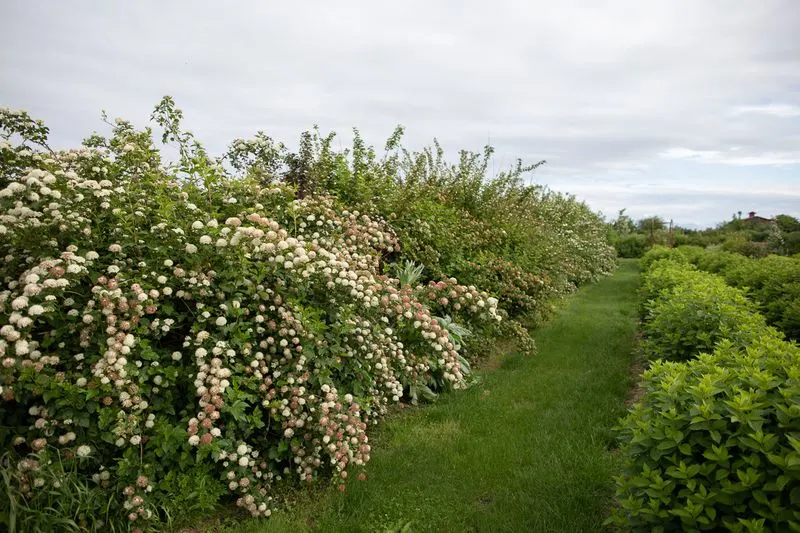
Hedge rows are invaluable for wildlife, offering food, shelter, and corridors for movement. Plant a mix of native hedgerow species to support biodiversity, providing flowers, fruits, and nuts for different creatures. The dense structure offers nesting sites for birds and refuge for small mammals. Maintain the hedge by trimming selectively to encourage healthy growth and prevent gaps. This approach fosters a thriving environment that supports various species, enhancing your garden’s role as a wildlife sanctuary.
Add a Rockery
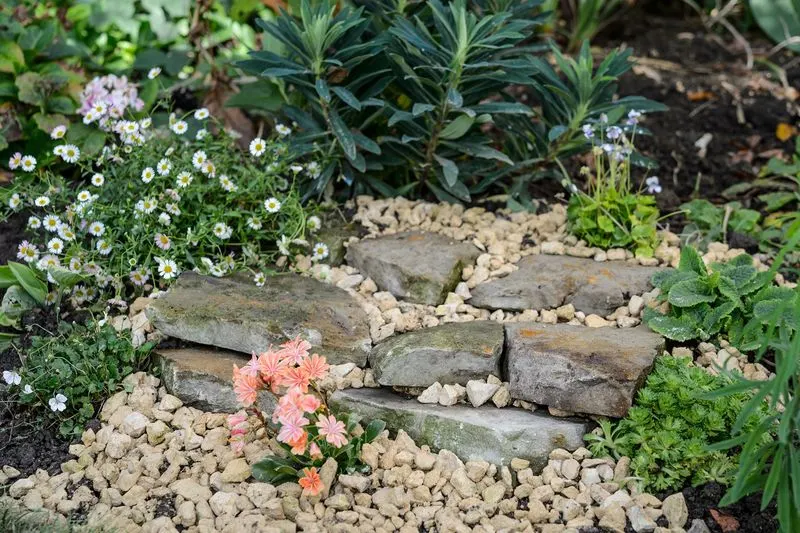
Rockeries provide microhabitats for a range of wildlife, offering shelter and basking spots. Arrange rocks of different sizes to create nooks and crannies where insects and small animals can hide. Include drought-tolerant plants like sedums or alpines to enhance the habitat. The warm surfaces of rocks are ideal for reptiles, while the crevices offer safe havens for amphibians. A well-designed rockery can add both visual interest and ecological value to your garden, supporting a diversity of species.
Cultivate a Herb Garden
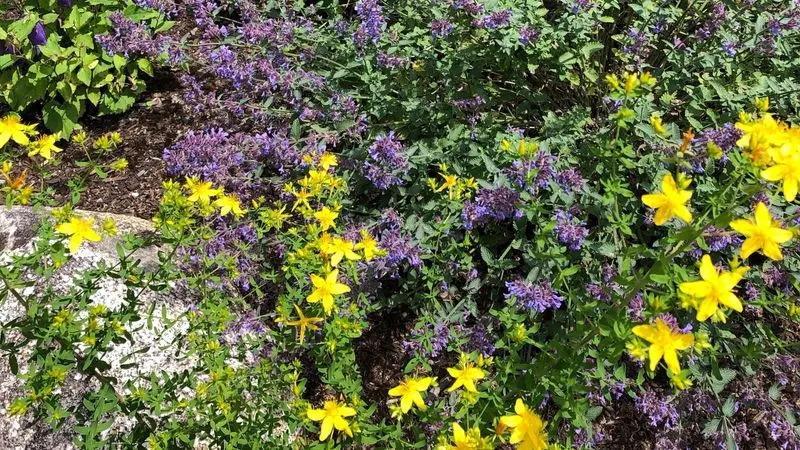
Herb gardens are not only practical but also beneficial for wildlife. Planting herbs like lavender, mint, and rosemary attracts pollinators with their fragrant blooms. The aromatic leaves provide habitat and food for caterpillars and other insects. Herbs can be grown in pots or directly in the ground, making them versatile additions to any garden. Regular harvesting encourages new growth, ensuring a steady supply of resources for visiting wildlife. A herb garden offers both aesthetic appeal and ecological benefits, making it a valuable feature in wildlife gardening.
Install a Bug Hotel
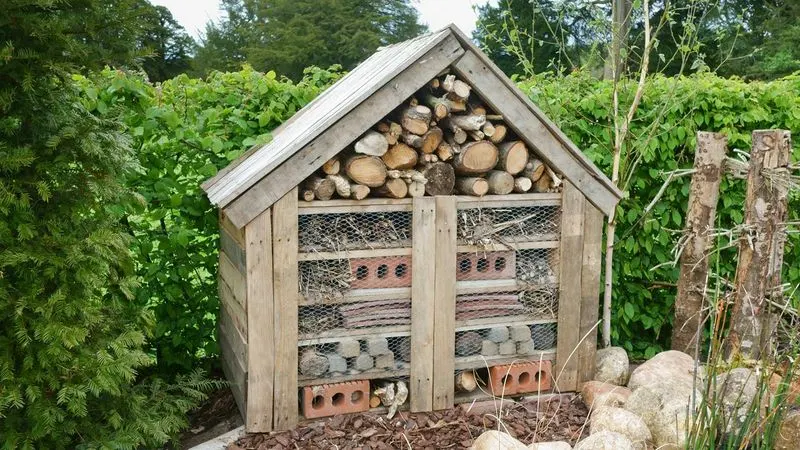
Bug hotels are a fantastic way to support beneficial insects in your garden. Constructed from materials like wood, bamboo, and leaves, they provide shelter and breeding sites for insects like bees and ladybugs. Position the bug hotel in a sunny spot, sheltered from the wind, to create an inviting habitat. By accommodating a variety of insects, you enhance pollination and pest control in your garden. Bug hotels also offer educational opportunities, allowing you to observe the fascinating world of insects up close.
Maintain a Compost Pile
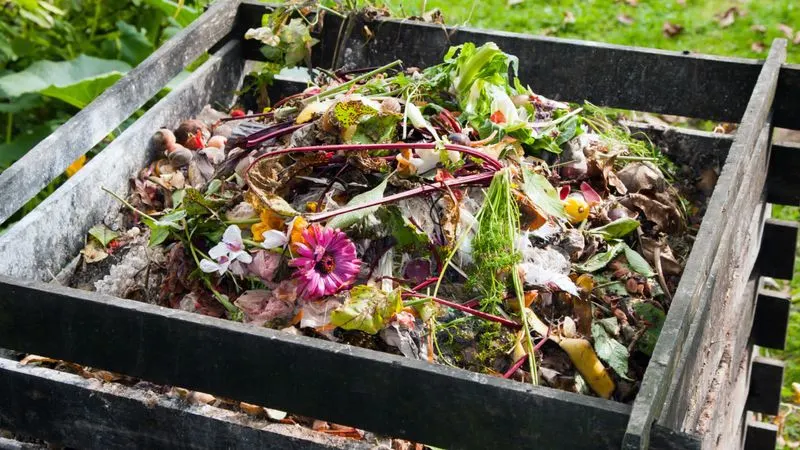
Composting is an eco-friendly practice that enriches your soil while supporting wildlife. A compost pile provides habitat for decomposers like worms and beetles, which in turn attract birds and small mammals. Use kitchen scraps, garden waste, and leaves to create a balanced compost mix. Regularly turning the pile ensures aeration and speeds up decomposition. As the compost matures, it becomes a valuable resource for your garden, improving soil health and supporting plant growth, all while fostering a dynamic ecosystem.
Provide a Mud Patch
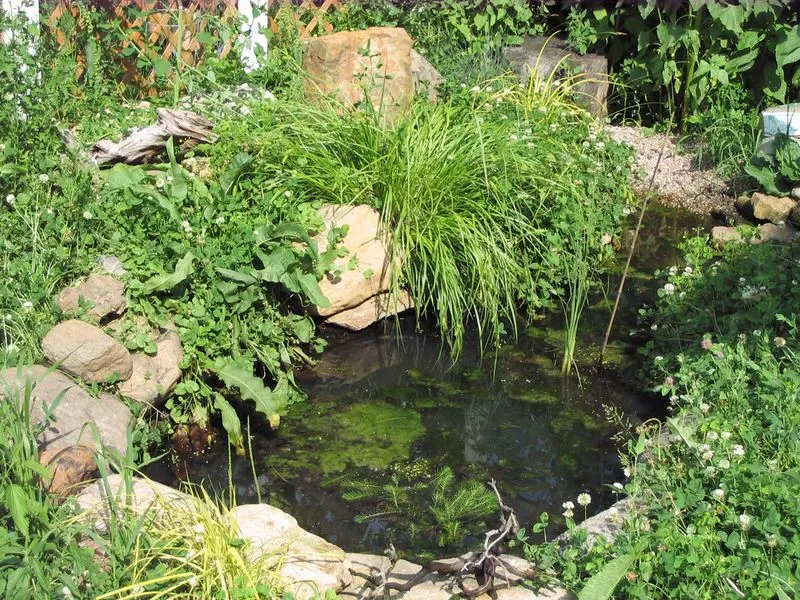
Mud patches are an overlooked resource that can benefit various wildlife. Birds use mud for building nests, while insects find it a source of minerals. Create a dedicated area in your garden where soil can be kept moist, ensuring a reliable mud supply. Position it near water sources for easy access. Regularly replenish the mud to keep it inviting. By incorporating a mud patch, you support nesting birds and add a unique element to your wildlife garden, catering to the needs of diverse species.
Grow Climbing Plants
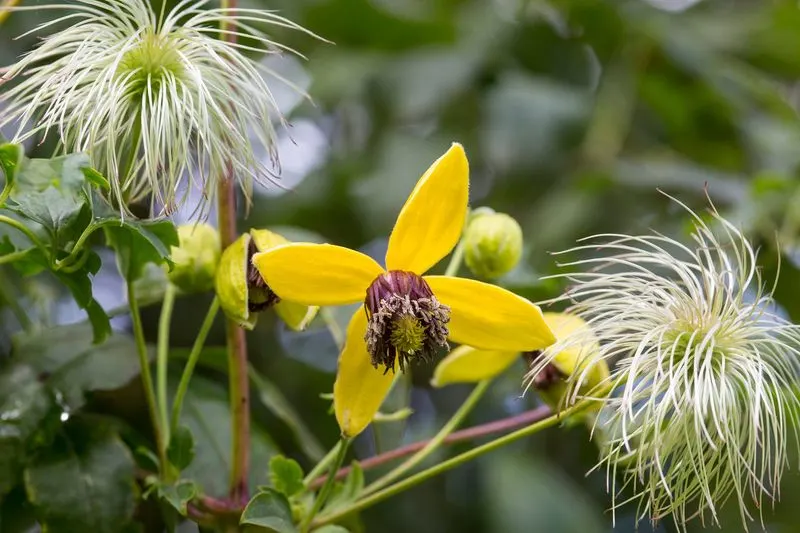
Climbing plants offer vertical habitats in your garden, making use of fences and walls. Choose fast-growing species like clematis or honeysuckle to provide food and shelter for wildlife. Their flowers attract pollinators, while dense foliage offers nesting sites for birds. Regular pruning encourages healthy growth and helps maintain structure. Climbing plants not only add depth and beauty to your garden but also create a multi-dimensional habitat that supports a variety of creatures, enhancing your garden’s ecological richness.
Create Leaf Litter Areas
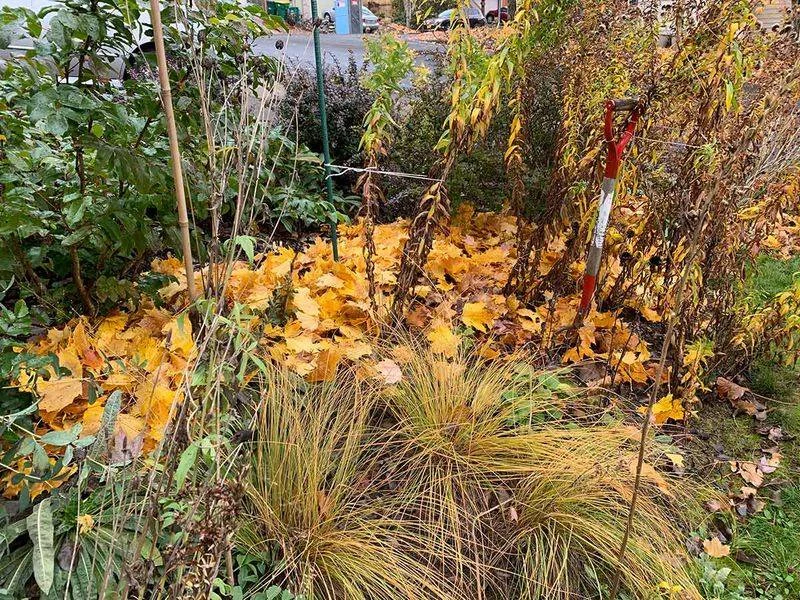
Leaf litter is a vital component of a thriving wildlife garden. It provides shelter and food for insects, amphibians, and ground-dwelling birds. Allow leaves to accumulate in certain areas of your garden, creating a natural mulch that enriches the soil. This organic layer supports decomposers, which play a crucial role in the ecosystem. By maintaining leaf litter areas, you encourage biodiversity and promote a healthy garden environment, offering a sanctuary for a wide range of species.
Avoid Pesticides
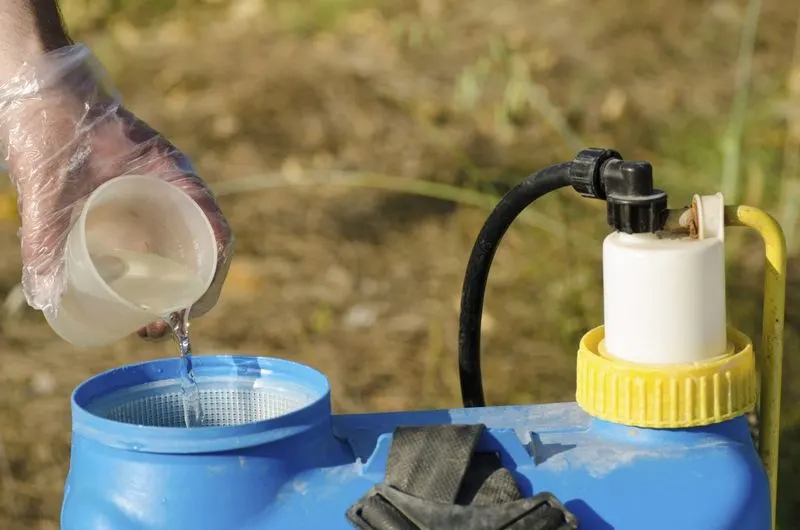
Pesticides can harm beneficial insects and disrupt the balance of your garden’s ecosystem. Opt for natural pest control methods, such as introducing predatory insects or companion planting. Encourage biodiversity to maintain a self-sustaining environment where pests are naturally managed. By avoiding chemical treatments, you protect pollinators and other wildlife, fostering a healthy and vibrant garden. This approach supports a balanced ecosystem, ensuring your garden remains a sanctuary for various species.
Install a Green Roof
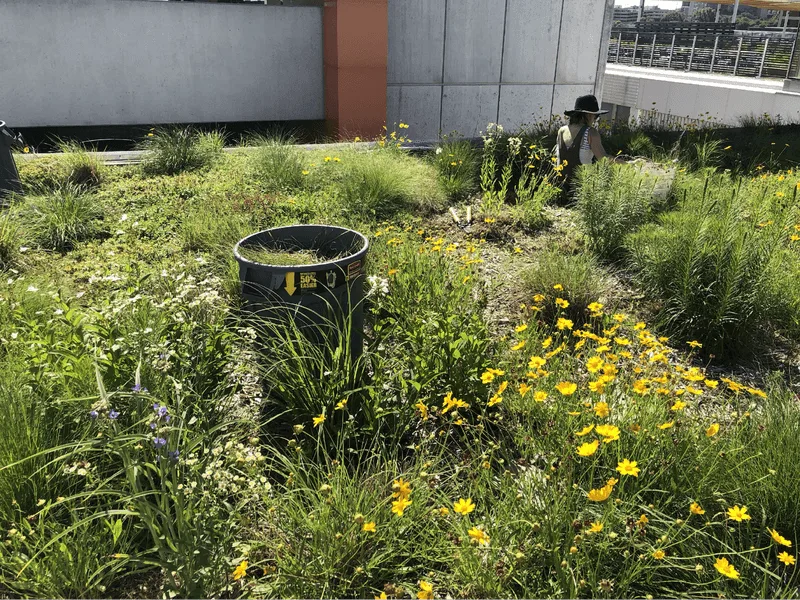
Green roofs offer an innovative way to support wildlife in urban gardens. By covering structures with vegetation, you create habitats for insects, birds, and small mammals. Choose hardy, low-maintenance plants that can withstand local conditions. Green roofs provide insulation, reduce rainwater runoff, and improve air quality, offering both ecological and practical benefits. They enhance the aesthetic appeal of your garden while supporting biodiversity, making them a valuable addition to wildlife-friendly spaces.
Create Butterfly Zones
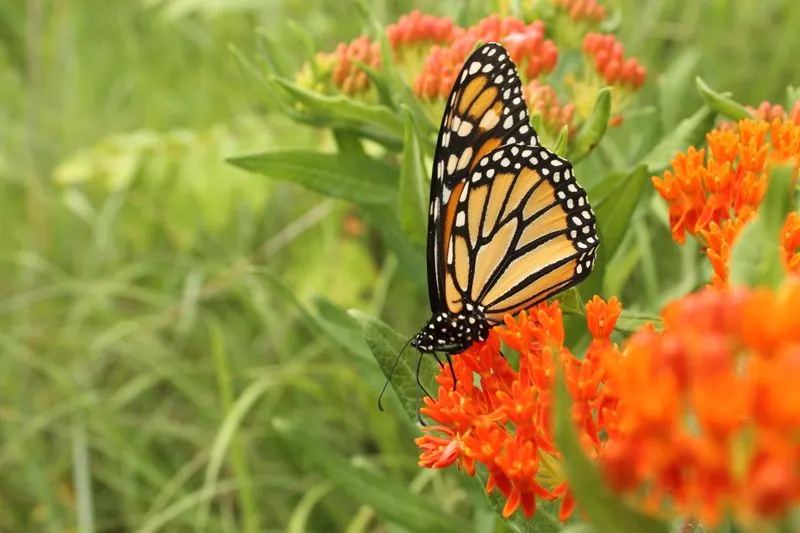
Butterflies are drawn to gardens rich in nectar-producing plants. Designate areas in your garden with flowers like buddleia and verbena, known for attracting butterflies. Include host plants like milkweed for caterpillars to feed on, supporting the butterfly lifecycle. These zones not only add vibrant colors but also play a crucial role in supporting pollinators. Regularly deadhead flowers to encourage continuous blooming, ensuring a steady food supply for butterflies. By creating dedicated butterfly zones, you contribute to the conservation of these enchanting creatures.
Build Small Mammal Shelters
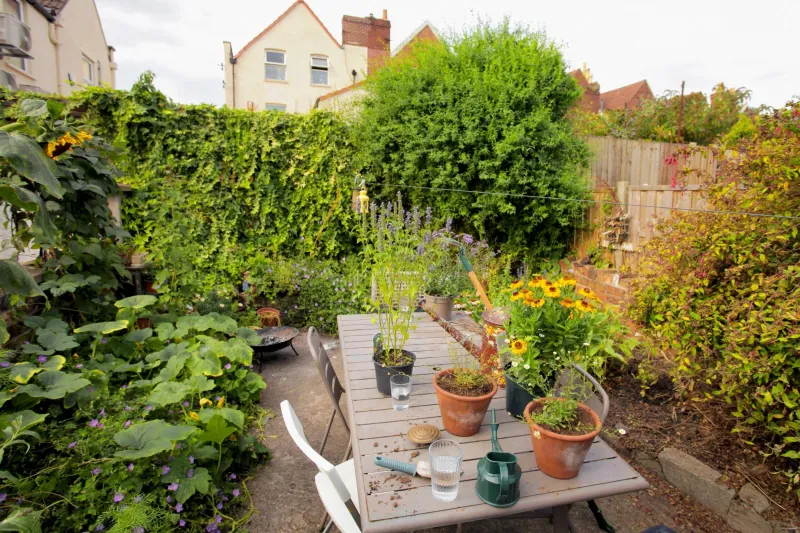
Small mammals need safe havens in gardens to rest and breed. Construct shelters using natural materials like twigs, leaves, and stones in quiet areas of your garden. These structures offer protection from predators and harsh weather. Position shelters near food sources to encourage habitation. Regularly check and maintain these shelters to ensure they remain inviting. By providing safe spaces, you support the wellbeing of small mammals, contributing to a dynamic and balanced garden ecosystem.
Plant a Rain Garden
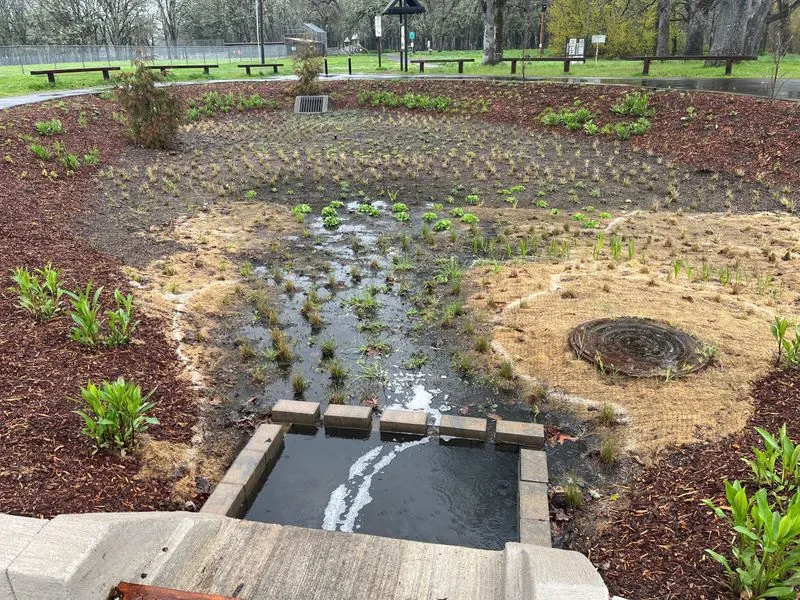
Rain gardens manage water runoff while supporting wildlife. Plant water-tolerant species like ferns and sedges in low-lying areas to capture rainwater. These gardens reduce soil erosion and filter pollutants, benefiting both the environment and garden inhabitants. Their design provides habitats for amphibians and insects, thriving in the moist conditions. Rain gardens enhance your garden’s ecological function and beauty, offering a practical solution for sustainable gardening. By incorporating a rain garden, you contribute to a healthier ecosystem, supporting diverse wildlife.

